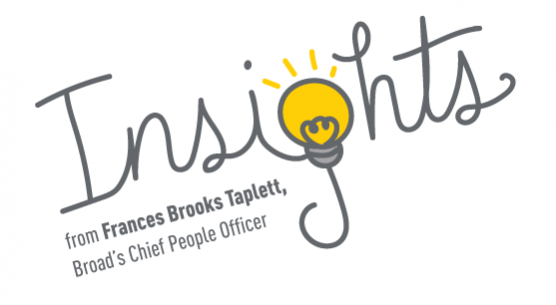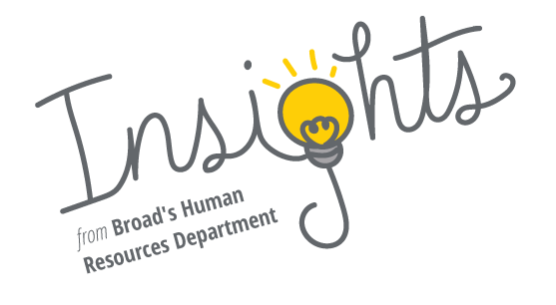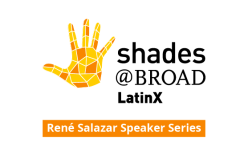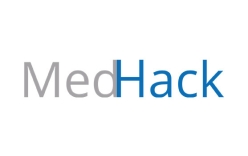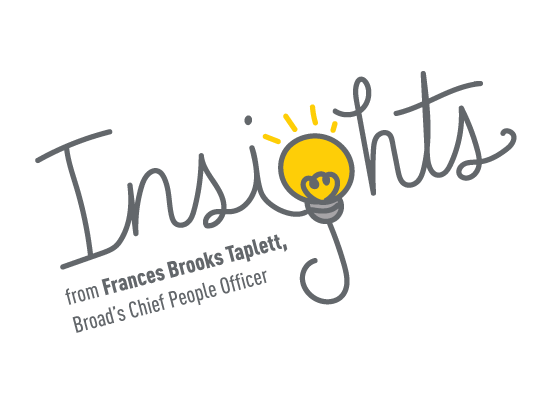
Read the second post in Insights, a new blog from Frances Brooks Taplett, Broad’s Chief People Officer, where she discusses what she's learned from Broad's recent Diversity and Inclusion Assessment for Learning (DIAL) survey.
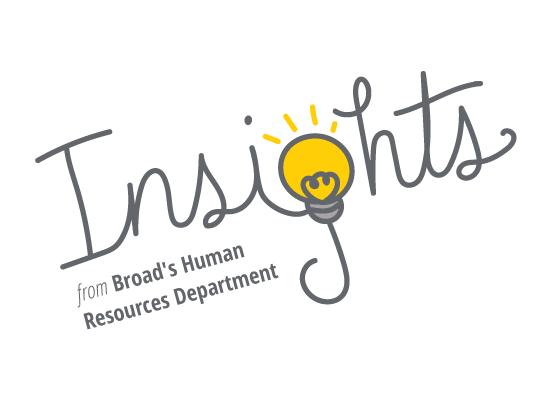
This summer I asked Broadies for their input on what actions we might take to improve inclusion, diversity, and equity at Broad. Many individuals and groups are having important strategic conversations across Broad, and to supplement these, we worked with Boston Consulting Group (pro bono) to conduct a Diversity and Inclusion Assessment for Learning (DIAL) survey which went out to all employees and affiliates. We had a 22 percent response rate with a total of 380 responses, of which 340 were from Broad employees. Among those who responded,18 identified as Black or African American and 33 as Latinx.
Here are a few things I learned.
Proven Measures: Some things weren’t surprising—actions that all Broadies agree make a big impact include:
- Training (e.g., bias awareness).
- Formal or informal mentoring of underrepresented populations (URPs).
- Setting diversity goals and measuring against Key Performance Indicators (KPIs)/quantifiable metrics.
These may seem obvious, but we also know we need to invest in them. I am excited about our Belonging@Broad symposium, which will take place over two days on October 1 and 20, to share and learn together—which will not only provide learning opportunities across our community but also help us continue to build on our diversity goals. In addition, we are continuing to work on both formal and informal mentorship programs, and we are working on defining the KPIs we will measure against.
Undervalued interventions: These are the ideas that our under-represented Broadies highlighted as important but that non-URP Broadies didn’t always rank quite as highly. To me, these are key because they highlight areas that we might overlook but also that could be like adjuvants for unlocking a more inclusive Broad. They include:
- “Visible role models that represent diversity of leadership.”
- This was the number one choice for both Latinx and Black and African American respondents, with over 80% choosing it. (Respondents could choose up to five actions/programs.) It was also a top choice for respondents in Director and Executive roles, regardless of their self-reported ethnicity. There is no doubt we need to see more role models from underrepresented populations at Broad—and commitment to taking action is coming from all levels.
- “Outreach to more diverse talent pools.” and “Diverse interview panels.”
- Outreach into more diverse talent pools (e.g., diverse professional and technical networks) was selected by more than 50% of all respondents and was a top choice for Latinx respondents, the top choice for Broadies in senior roles, and the second-highest choice for Black and African American respondents.
- “Formalized sponsorship for individuals, with individualized roadmaps for advancement.”
- There was nearly a 40-point variance between Black and African American Broadies and white respondents in how they valued the need for more formalized sponsorship. This goes hand in hand with mentorship, but with an increased focus on advocating and supporting Broadies navigating their careers. I am excited to think about how we might tie this to mentorship programs as well.
- “Bias-free evaluation and promotion decisions (e.g., calibration reviews, hard metrics for decision making, diverse panels).”
- As with formalized sponsorship, there was significant variation here, with more than a 30-point variance between Latinx and white Broadies. I have spoken in some forums about the challenges around bias and look forward to taking this on as we look at how promotion decisions are made and other processes at the Broad.
- “Anti-discrimination policies.”
- We updated our anti-harassment policies with mandatory anti-harassment and discrimination training in 2019 for all members of our community, and we continue to update our practices and policies to create a safe work environment—in particular, looking at increased transparency and new reporting mechanisms. We look forward to sharing more.
Last, but not least, it goes without saying that the DIAL survey and the BroadPulse (our engagement survey) are just two ways we’re keeping connected to all Broadies and making sure, especially, that we hear their voice and gather their input. These responses are helping us think through and prioritize future initiatives, which we will continue to share over the coming months.


